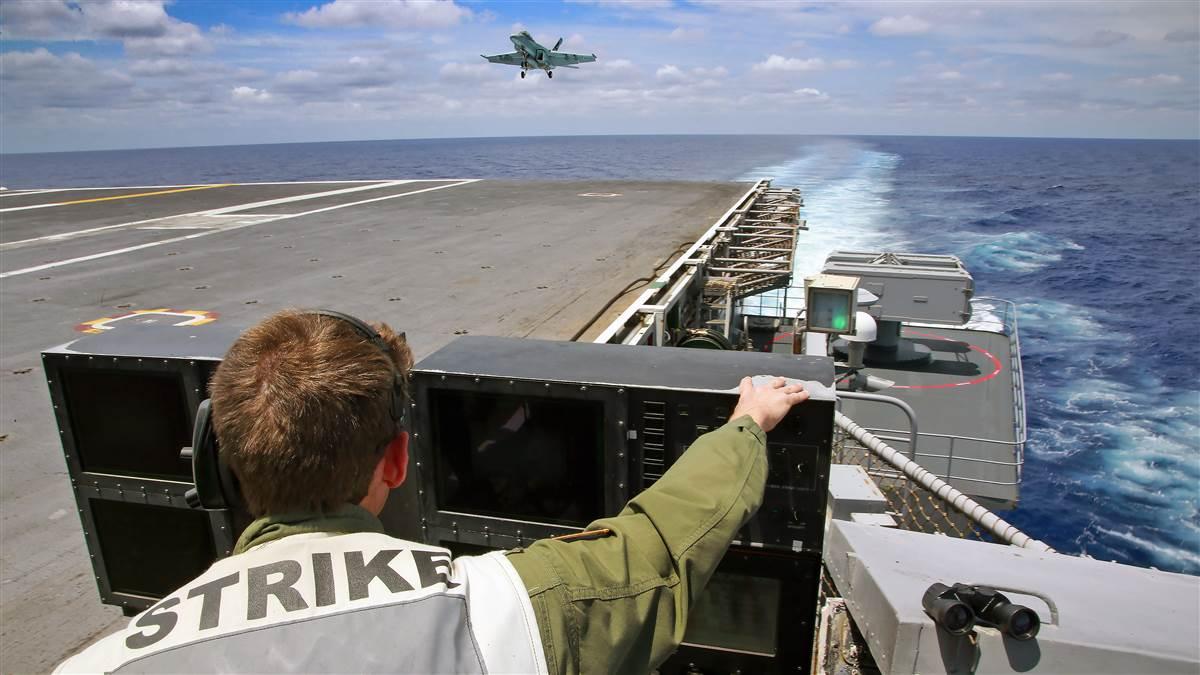What happens when the pilot lands at very high speed on an American aircraft carrier?

Landing an aircraft on a moving runway that is barely a fraction of the size of traditional landing strips is no small feat. For pilots landing on a US aircraft carrier, this high-stakes endeavor is a culmination of skill, precision, and nerve-wracking decision-making. When a pilot encounters difficulties while attempting to land on one of these behemoth floating airfields, a series of intricate procedures and coordinated efforts kick into action.

1. Communication Is Key: In the moments when a pilot experiences difficulties while attempting to land on a US aircraft carrier, maintaining clear and effective communication with the ship’s control tower becomes paramount. The pilot must relay their situation, whether it’s due to poor visibility, strong crosswinds, or technical malfunctions. The control tower personnel are well-trained to provide real-time guidance and critical information to help the pilot make informed decisions.
2. Bolter or Wave-Off: A “bolter” refers to the situation when a pilot’s initial landing attempt is unsuccessful, and the aircraft misses the arresting cables on the deck. In such cases, the pilot must execute a go-around maneuver, known as a “wave-off,” to initiate another landing attempt. This decision requires split-second judgment and finesse, as the aircraft’s speed, altitude, and approach angle need to be adjusted swiftly to ensure a safer landing on the subsequent attempt.
3. Crash and Salvage Teams: In the unfortunate event of a catastrophic malfunction or missed landing that results in a crash, the aircraft carrier is well-equipped with specialized crash and salvage teams. These teams are trained to respond rapidly to secure the aircraft, minimize damage to the ship, and rescue the pilot, if necessary. Their expertise in handling emergencies is essential for ensuring the safety of all personnel on board.
4. Debriefing and Analysis: After the landing attempt, successful or not, pilots undergo a comprehensive debriefing session. This involves reviewing video footage of the landing attempt, discussing challenges faced, and evaluating decision-making during the critical moments. This analysis helps pilots learn from their experiences, refine their techniques, and continuously improve their skills for future landings.

5. Continuous Training and Readiness: The difficulties faced during landing attempts underscore the importance of rigorous training and continuous readiness. Pilots receive extensive training on simulators and practice landings onshore before ever attempting a carrier landing. This ongoing preparation ensures that pilots are equipped to handle the unpredictable challenges posed by changing weather conditions, vessel movement, and technical issues.



